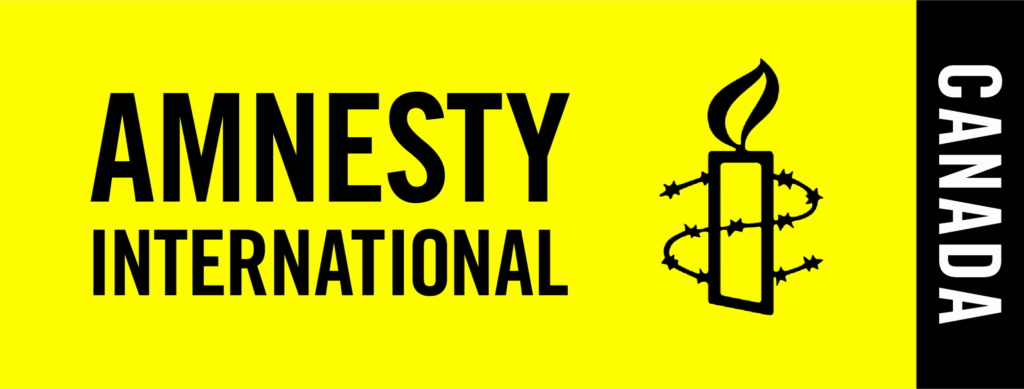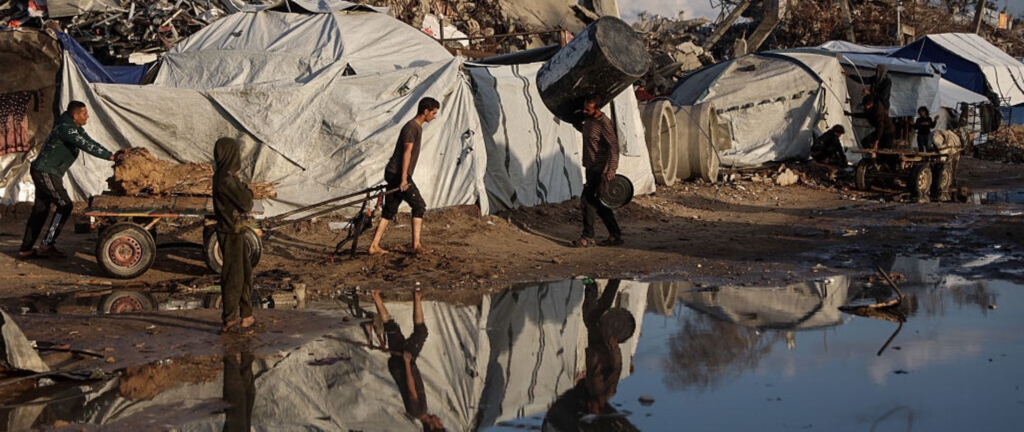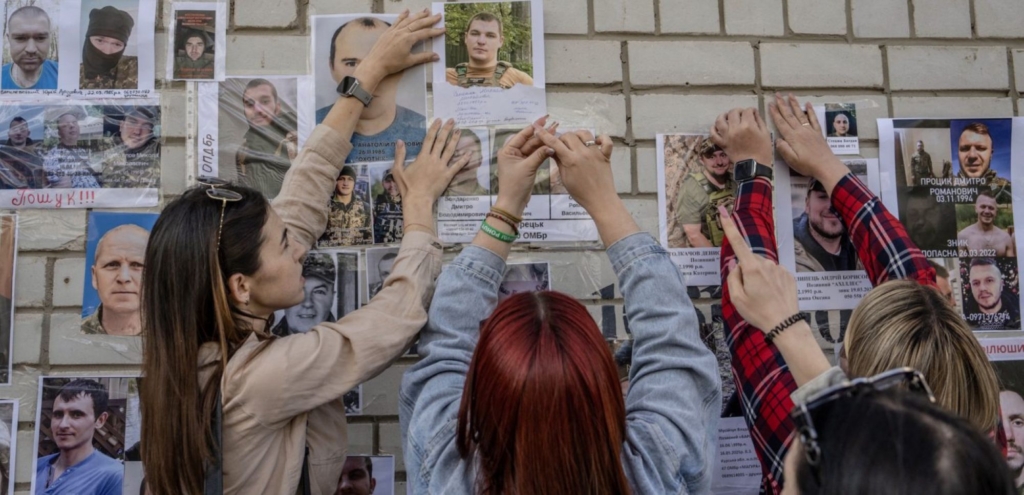By Atila Roque, Executive Director of Amnesty International Brazil
Earlier this week, many people around the world waited with bated breath for a grand jury’s decision in a case where a police officer shot dead an unarmed young black man on the street. While the 9 August shooting of Michael Brown took place in the US suburb of Ferguson, Missouri, the case has a deep resonance here in Brazil. The tragic course of events leading up to the teenager’s death could just as easily have played out on the streets of our cities or favelas.
Of the 56,000 homicides in Brazil every year, 30,000 are young people aged 15 to 29. That means that, at this very moment, a young person is most likely being killed in Brazil. By the time you go to bed, 82 will have died today. It’s like a small airplane full of young people crashing every two days, with no survivors. This would be shocking enough by itself, but it’s even more scandalous that 77 per cent of these young people are black.
Since 1980, more than 1 million people have been murdered in Brazil. According to Global Burden of Armed Violence 2008, in the period from 2004 to 2007, more people were killed here than in the 12 main wars worldwide.
However the violence doesn’t impact Brazilian society equally. Murders are rampant in poor and marginalized communities. Prejudice and negative stereotypes associated with the favelas and city outskirts have a key role in perpetrating this violence.
Brazil’s international human rights obligations require it to take effective steps to protect the right to life and address racial discrimination, including by ensuring that its policing practices don’t entrench racial disparities.
On 20 November, Brazil celebrated Black Awareness Day. It’s a date when people recognize the important contributions of Afro-descendants and the need to tackle discrimination and its negative consequences. Groups that defend the rights of Brazil’s black people are actually growing in number and reach. But part of society is still in denial about the impact of lethal violence on our youth.
Even though they are gunned down in massive numbers, young black people have become invisible in Brazil, either because residents of their neighbourhoods have become used to seeing so many deaths or because the problem is out of sight of those who can take action to change this dire situation. They are also victims of the state’s “war on drugs” and a militarized police force that targets young people, and black youth in particular, as potential enemies. Brazil’s police homicide rate is among the world’s highest.
Sadly, this situation seems to have been simply accepted as normal in Brazil. Lawmakers don’t prioritize it as part of the national public agenda, with many shying away from the issue during the recent electoral debate. Having become so commonplace, it’s also out of the headlines.
This is unacceptable and something must be done. That’s why, earlier this month, Amnesty International Brazil launched a campaign called Young Black Alive (Jovem Negro Vivo). We want to keep our young people alive and firmly believe that we can change this reality. Don’t you?
Read more:
Jovem Negro Vivo campaign (in Portuguese)
The military ‘occupation’ of Maré ahead of Brazil’s World Cup (Blog, 8 April 2014)
Brazil 2014: The fight is even fiercer off the pitch (Blog, 6 June 2014)
Brazil: Police ‘still have blood on their hands’ 20 years on from massacre (News story, 24 July 2013)























